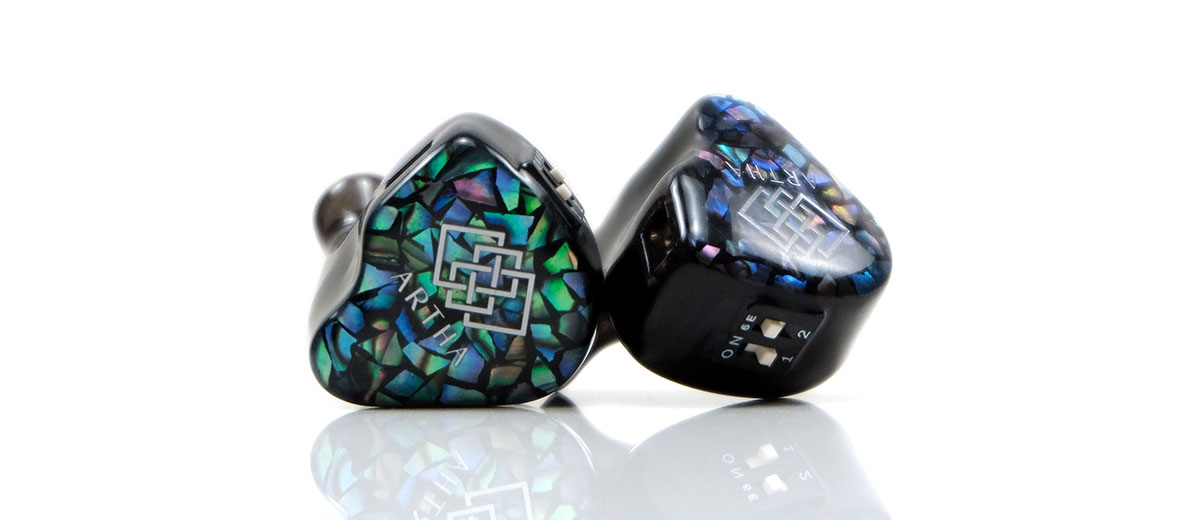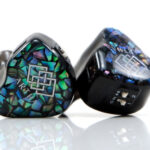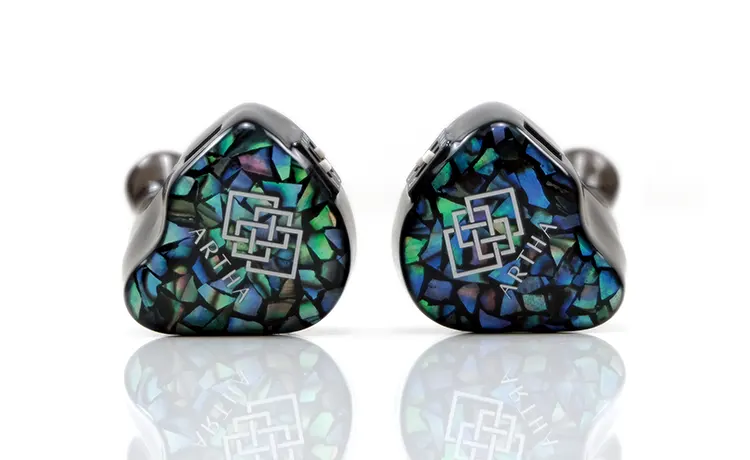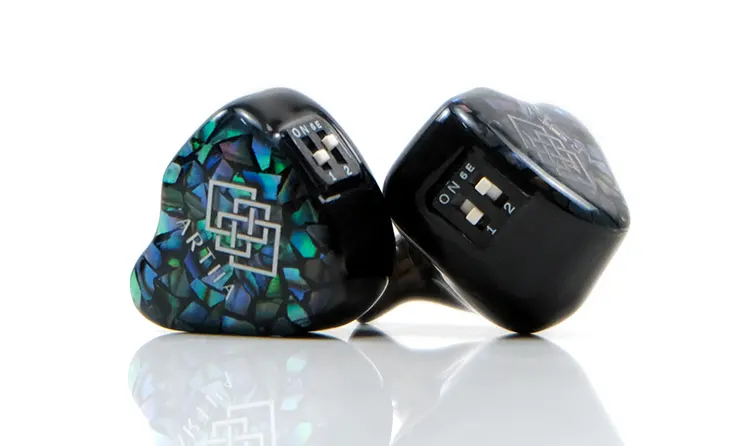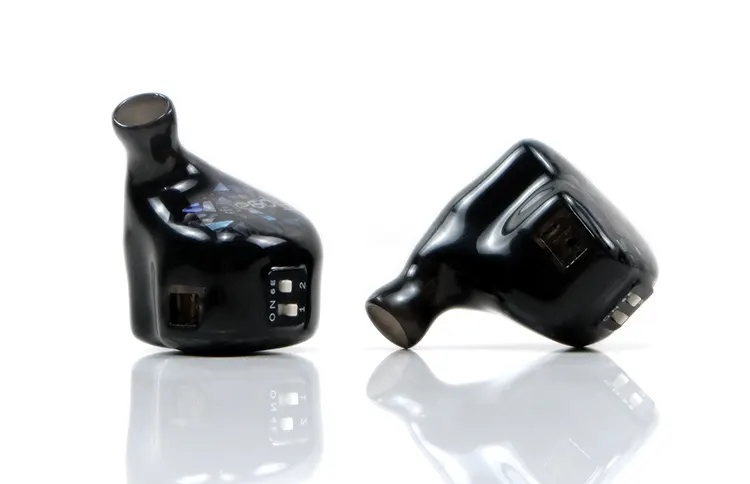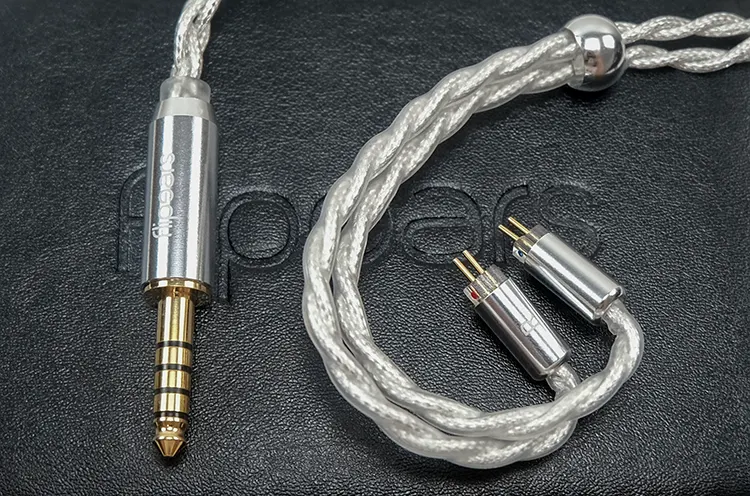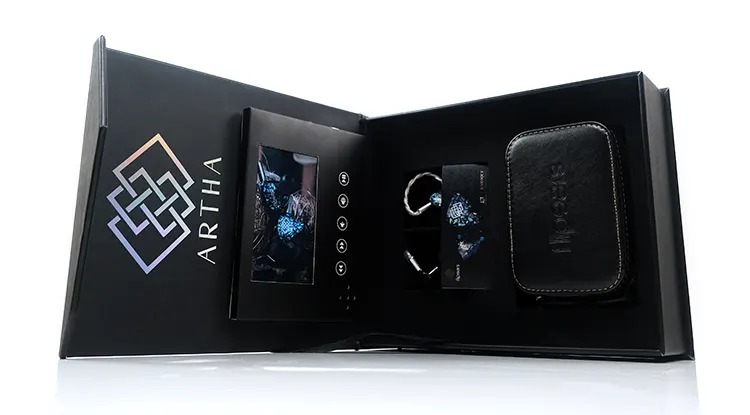Today Marcus reviews the FlipEars ARTHA, a high-end universal in-ear monitor configured with 8 BA drivers and a dual switch tuning system. It is priced at $1699.
Disclaimer: This sample was sent to me in exchange for my honest opinion. Headfonics is an independent website with no affiliate links or services. I thank FlipEars for their support.
You can click here to learn more about the IEMs we have previously reviewed on Headfonics.
This post follows our current scoring guidelines which you can read in more detail here.
It is ironic that perhaps one of the now well-known brands in the IEM community, FlipEars, is only a stone’s throw from our head office yet this is the first time we have reviewed one of their monitors on Headfonics.
Of course, I have known about them for years, as they were founded shortly after we set up our own business.
In the early years, they remained fairly domestic (Philippines) in outlook but over the last few years they have become increasingly outward-looking with booths at several trade shows and dealership deals on a global level.
In 2024, they have a fairly established line-up of IEMs in custom and universal format. Prices range from $699 for their entry-level Aether to their flagship Aurora priced at $2099 and the special edition ARTHA Argentum at $2250.
The multi-driver ‘regular resin’ ARTHA is positioned in between at $1699. However, in a chance discussion with the Owner Aries Sales at the Manila HiFi show in 2023, he remarked that the Artha was perhaps a personal favorite for many reasons.
I can see why, with multiple dip switch tuning profiles, a gorgeous vocal timbre, and a surprisingly deep bass response from a BA low-end, the FlipEars ARTHA is a very mature-sounding and engaging IEM.
Features
The FlipEars ARTHA is an all-BA multi-driver in-ear monitor available in custom and universal formats, with our review sample the universal version.
The precise driver configuration is 8 in total split into dual woofers for the sub-bass, dual for the bass, 2 full-range for the mids, and dual tweeters for the highs with a 4-way crossover.
The ARTHA is rated at 16Ω for impedance and has an SPL of 118 dB/mW @1kHz so it is not a hard-to-drive IEM. Dongles and DAPs will work just fine here.
The big pitch of the ARTHA is its dip switch tuning profiles. Not that this is unique or new to the audiophile world. IEMs from under $100 up megabuck IEMs such as the qdc Anole VX have used dip switches before. Some, like the VX, are done well, others less so. I would contend the ARTHA version is in the former camp not the latter.
The ARTHA has two switches on the rear of its main shell with up to 4 unique configurations or four different sound profiles.
Out of the box, the default tuning is a balanced sound signature with options ranging from a heavier bass profile to a leaner, more spacious high-fidelity sound, and a final ARTHA ‘on steroids’ with both switches turned on.
Design
The ARTHA has a relatively large but well-contoured resin body with accented colored mosaic patterns on the faceplate and the underside of the shell.
In between the shells are finished with a glossy piano black interrupted by the pleasingly large dip switch system to the rear.
I say pleasingly large because some implementations are so small you need a toothpick to move the switches on or off. The ARTHA switches can be manipulated by a fingernail or even the tip of your finger if you are careful enough. That makes changing configurations a whole lot easier.
The aesthetics are pleasing to the eye, tastefully done, and without any imperfections though by no means groundbreaking. These days, IEM designs are getting more adventurous at all price points to stand out from the maddening crowd.
Since the ARTHA shells are also sold in a custom format you will find more bleeding-edge design creations for your shells and plates there.
One thing to note is the nozzle, which has a large horn-type opening with the bores exiting a few millimeters behind into the chamber. I have a bias for horn designs like this.
The concept is that the different tubed signals mix freely in the horn chamber to create a natural sound before they hit your ear canal rather than exiting right into your ear canal and mixing there. Different ear canals produce different results so this design is an attempt to control the variation.
This also means that ear tips have a significant effect on the resulting sound, something I will go into more detail about further down in this review.
Comfort & Isolation
The ARTHA’s long, contoured resin nozzle provides an easy fit, reaching deeper into my ear canals, which is ideal since some of the stock tips require deep insertion for optimal performance.
The earphones protrude slightly from the concha and don’t sit completely flush, but this is a minor issue; they still sit securely without much effort to find the sweet spot for listening.
Lightweight resin shells make the ARTHA comfortable to wear for extended periods and provide good passive isolation with the supplied stock tips.
These stock tips come in two varieties: single-flange, wide-bore silicone tips in black, and Eletech’s Baroque tips, which are slightly firmer and shallower compared to the OEM tips.
The OEM tips resemble SpinFit CP145s, but the ARTHA’s nozzle is notably large, making it difficult to fit standard SpinFits on them. The Baroque tips offer a more secure fit but require deeper insertion to achieve the best seal.
While I initially hesitated, as Final E tips tend to close up and kill the sound if pushed too far, the Baroque tips maintain a steady bore opening, avoiding this issue.
The Baroque tips bring out the ARTHA’s mids and highs, delivering a midrange-focused sound with a more neutral bass, making them ideal for audiophile tracks where a sense of space and width is desirable.
In contrast, the OEM tips deliver a weightier sound, with boosted low-end and softened mids and highs, which might appeal to those seeking a smoother and fuller sound signature from the ARTHA.
Stock Cable
The ARTHA comes with a fairly beefy but well-made and easy-to-manage stock cable with a striking silvery tone with matching aluminum barrels and chin cinch.
Inside is a 4-core 26AWG-rated SPC wire in a coaxial geometry and terminated with a 4.4mm balanced pentaconn plug with 2-pin 0.78mm connectors. Note, if you go SE that changes to an 8-core non-coaxial geometry design.
The exterior has the new softer PVC, which seems very popular with cable makers now. It gives the ARTHA cable a ‘puffy’ look or slightly fatter dimensions but the upside is that it’s quite soft and comfortable around my ears.
There is some memory sheathing near the connectors but it’s made of the same soft PVC material and equally transparent giving it a low-profile aesthetic.
I am guessing that softness helps a lot with the chin cinch articulation because this one is very easy to slide up and down and also stays in position during use.
There is a tiny bit of microphonics below the small splitter but I will put that down to the stronger isolation performance from the ARTHA meaning wire noise might be more noticeable.
Packaging & Accessories
The ARTHA probably has the most innovative packaging experience I have reviewed since the Tesseract and the original Elysium from Vision Ears.
Not that it’s huge or widely complicated but because of the additional sensory experience provided by the innovative video display right underneath the top lid of the packaging.
It automatically activates as soon as you lift the lids giving you a very classy introduction to the philosophy and materials choice behind the design of the ARTHA accompanied by a rather relaxing voiceover.
Now I know these little portable video devices and where you can buy them. They do not cost that much but using them as part of IEM packaging is a stroke of genius and elevates the ARTHA unboxing experience massively.
Granted, after lifting the lid about 20 times you might get bored of the video but pay careful attention to the accessories since the box is packed with a small USB cable that not only charges the media player but allows you to mount the device on your PC and change the movie file.
Aside from the media, you get two sets of ear tips, a large leather carry case with decent room to fit the shells and cable, a cleaning tip, a cable organizer velcro strap, and a cleaning cloth. It’s a pretty decent lineup of gear with a great unboxing experience.
Click on page 2 below for my sound impressions and recommended pairings.

